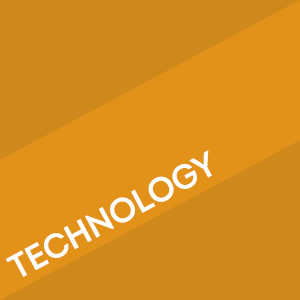Measuring up to measuring down
As governments wish to see a return on nanotechnology, the role of nanometrology comes to the fore, writes Theresa Burke
As governments wish to see a return on nanotechnology, the role of nanometrology comes to the fore, writes Theresa Burke
Nanotechnology is concerned with manufacturing to dimensions or tolerances in the range 0.1-100 nanometre, where one nm is one-millionth of a millimetre. Nanometrology is the science of measurement at the nanoscale. It has a crucial role in enabling products with a high degree of accuracy and reliability in nanoscale manufacturing.
Anticipated advances in emerging nanotechnology industries will require revolutionary measurement capability with higher resolution and accuracy than has previously been envisioned. Fundamentally new measurement techniques and standards must be developed. Co-Nanomet is a European Commission funded programme which has been reviewing the current landscape and assessing future challenges for nanometrology in four core nanotechnology-related areas. Each represents an area within which rapid scientific development has seen corresponding growth in actual or potential commercial applications. In turn, questions of fundamental measurement understanding have emerged.
Engineered nanoparticles are particles designed and produced to have all external dimensions in the nanoscale. Whilst in use in industry for many years, nanoparticle production today is in rapid growth. Recent increases in the number of different kinds of engineered nanoparticles and the broader range and understanding of their functional properties promises much for future applications. Common applications include sunscreens, anti-reflection coatings or antibacterial silver coatings on wound dressings. To profit fully from their potential, development of scientifically sound methods is necessary to distinguish them in terms of their basic characteristics and properties. Enhanced understanding of the suitability and limitations of measurement techniques and instrumentation is also required both within the scientific and industrial community to aid the development of this expanding field.
Nanobiotechnology addresses the development of nanometrology related to biomedicine, bioscience and bio-technology. This is of particular importance for the pharmaceutical industry, health care applications, clinical diagnostics, and medical devices (e.g. implants), as well as for food safety. Measurement challenges in this rapidly developing area include the measurement of dimensions of biological structures, measurement of relevant levels of biologically important substances (such as drugs, biomarkers, and toxins), and the biological variability of systems. Characterising soft and wet materials at the scale of nanometers remains a challenging task to this community.
Thin films and structured surfaces addresses the measurement and characterisation of surfaces and layers or coatings that have features with sizes (lateral and depth) of 100 nm and less.
Thin films are now integral to several major technology-based industries, including: semiconductor fabrication and microelectronics, magnetic data storage, optical components and coatings and solar cells. As thin film technology develops – more complex layers, tighter control over parameters, an increasing diversity of applications and environments – the challenges for measurements grow. The ability to deterministically alter the structure of a surface can have a profound effect on how that surface functions. Whilst much of this work is at the research stage, the number of products that include some form of surface structure control is growing rapidly.
Modelling and simulation is a novel field in metrology, which has recently attracted significant attention. New modelling and simulation techniques today offer possibilities to interpret experimental data and to predict the properties of new materials. As simulations become increasingly relevant for the planning and interpretation of experiments, so do closer links between the computer-simulation community and experimentalists working at a nanoscale level.
Under the Co-Nanomet Programme experts from industry, academia, metrology institutes and government have been working to develop broad long term goals in this area and to identify scientific and technological barriers which, once overcome, will allow advances towards those goals. The definition of a Strategic Plan for European Nanometrolgy is providing direction to researchers and nanotechnology leaders. For the first time priorities have been agreed. In this way, European nanotechnology will be supported to reach its full and most exciting potential.













